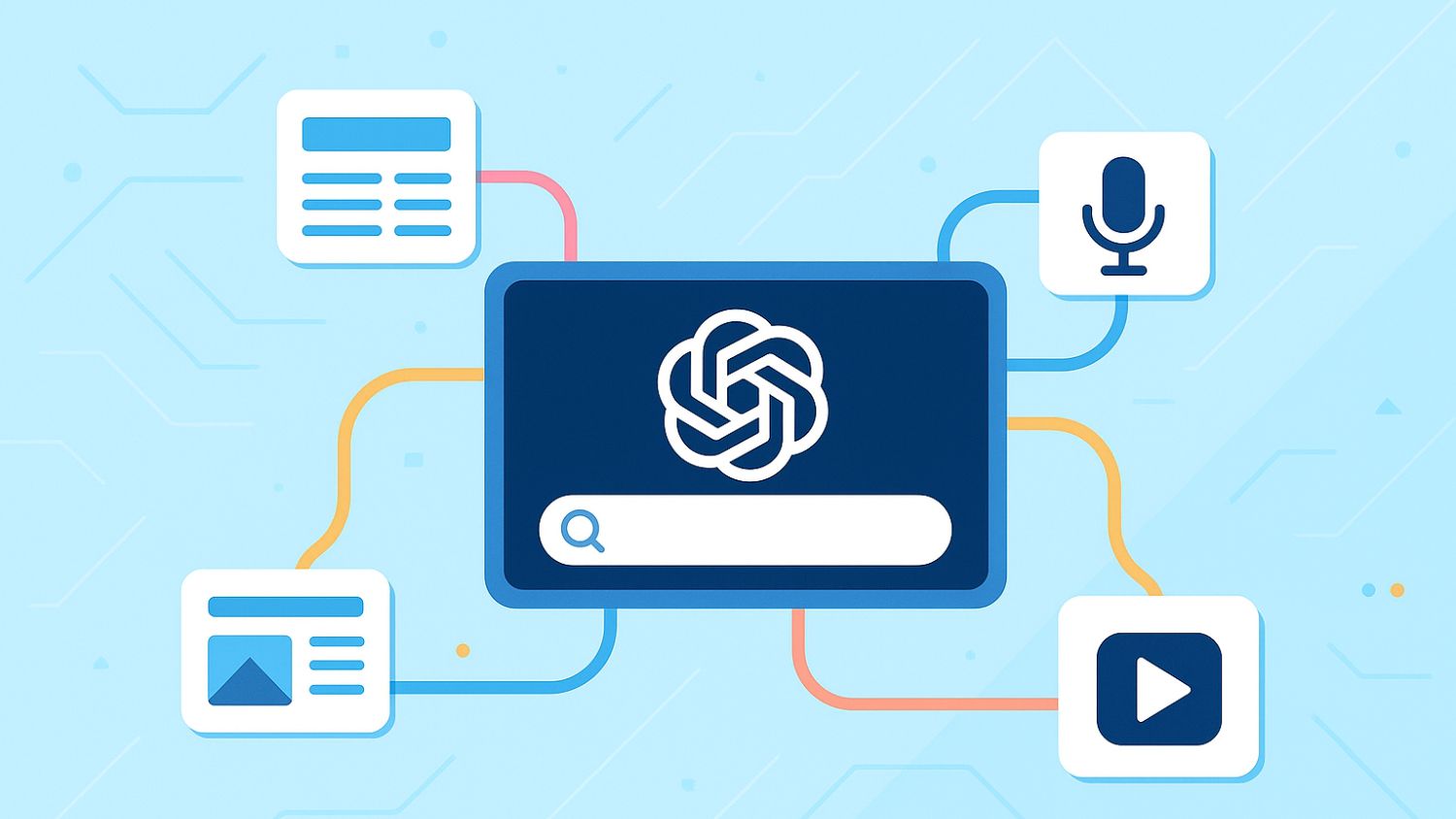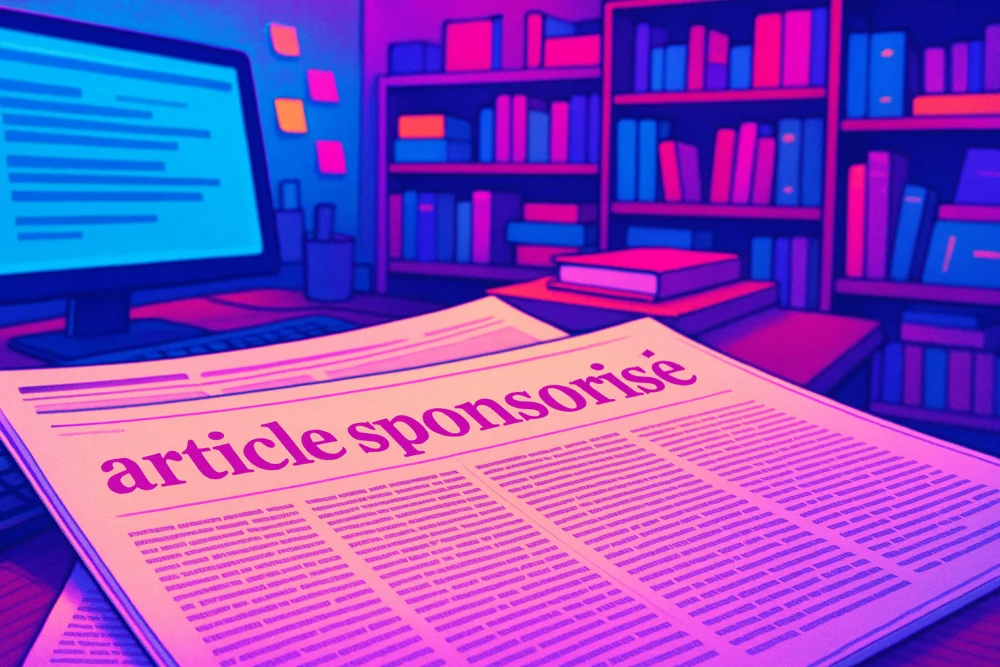Generative engine optimization (GEO) “consists of optimizing content to appear in AI-based search engines,” explains Luca Fancello, founder of Qwairy, the GEO and SEO audit and optimization platform. “The challenge for brands is to be mentioned in the suggestions of these tools,” adds Perrine Soymié, media relations director at agency JIN. With 74% of 18–24 year olds using GAI for their studies (source: Ipsos), “a client specialized in education who doesn’t appear there misses part of their target audience. It is therefore our responsibility to raise their awareness on this subject,” she continues.
Reinventing communication strategy
To adapt, communicators need to rethink their methods. “It’s no longer enough to send out a press release and wait,” the specialist emphasizes. “We need to review the way we select media and define angles so that content is picked up by AI engines.”
In practice, there are two ways to achieve this: appearing directly in the platforms’ answers or being among the sources they consult. “Monitoring and auditing work is required in this case,” explains Perrine Soymié. “Teams analyze the brand’s presence in AI results and the associated topics. For Coca-Cola, for example, we check if the brand appears when searching for ‘best sweet and refreshing drink’ and whether the answers mention nutritional criticism. Based on the results, we adjust the strategy and develop new angles for our press releases, such as promoting the Coca Zero range.”
This audit also lists the sources used by AI. “Each LLM (large language model. It is a type of GAI program) has its preferences. On ChatGPT we often find sources from Wikipedia, LeMonde.fr, LeFigaro.fr, Letudiant.fr, Trustpilot, and Google Maps. Gemini favors YouTube and government websites, while Perplexity often uses YouTube-related sources,” explains the founder of Qwairy. “From this information, we identify the media and journalists to contact for the next PR campaign,” adds the expert.
A matter of form and substance
The format of content also matters for being picked up by AI, reminds Luca Fancello: “LLMs favor short, clear, and structured content with bullet points, tables, subheadings, and short paragraphs.” Unlike traditional SEO, “the answer must appear quickly.”
Internet search must also be considered, adds the founder of Qwairy: “LLMs consult content well referenced on Google, so a good SEO strategy remains essential. You need to understand what users are looking for and respond with relevant content. To identify these questions, tools like Google Search Console or the People Also Ask section can help.” This information enables press officers to “better guide their communications,” he concludes.
Applied to PR, this means writing press releases that are structured, concise, and straight to the point. These press releases can be angled according to what internet users are searching for. Key points should be presented in bullet lists, with additional information detailed in short paragraphs.
A gradual adoption
At the dawn of these changes, are companies ready to take the leap? Not all, observes Perrine Soymié: “Some clients understand the importance of the issue, but others, more traditional, still don’t see the value and think it’s just a passing fad.” Those who do jump on board, she continues, “seek above all to manage and strengthen their reputation on AI while generating revenue. For example, leisure brands want to appear when someone asks ‘What to do this weekend?’ to attract new customers.”
The race for AI referencing is only just beginning. Practices are evolving quickly and engines remain unpredictable. But GEO does not replace SEO or traditional PR, it complements them and ensures visibility where audiences search for their answers. “As with SEO in its early days, those who get started first will have a competitive advantage,” warns the media relations director of agency Jin. “Those who wait will lose visibility. With AI, it’s the same: you need to stay in the forefront.”





![MEDIA ON THE MOVE – Summer Series – Finding your digital path [3/3]](https://mediaconnect.com/wp-content/uploads/2025/08/59487-1000x563.jpg.webp)

